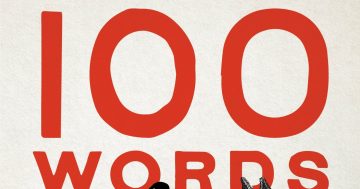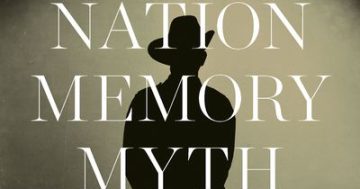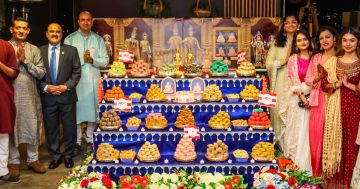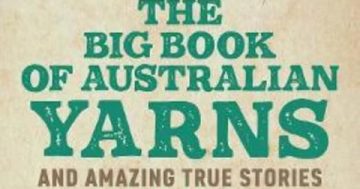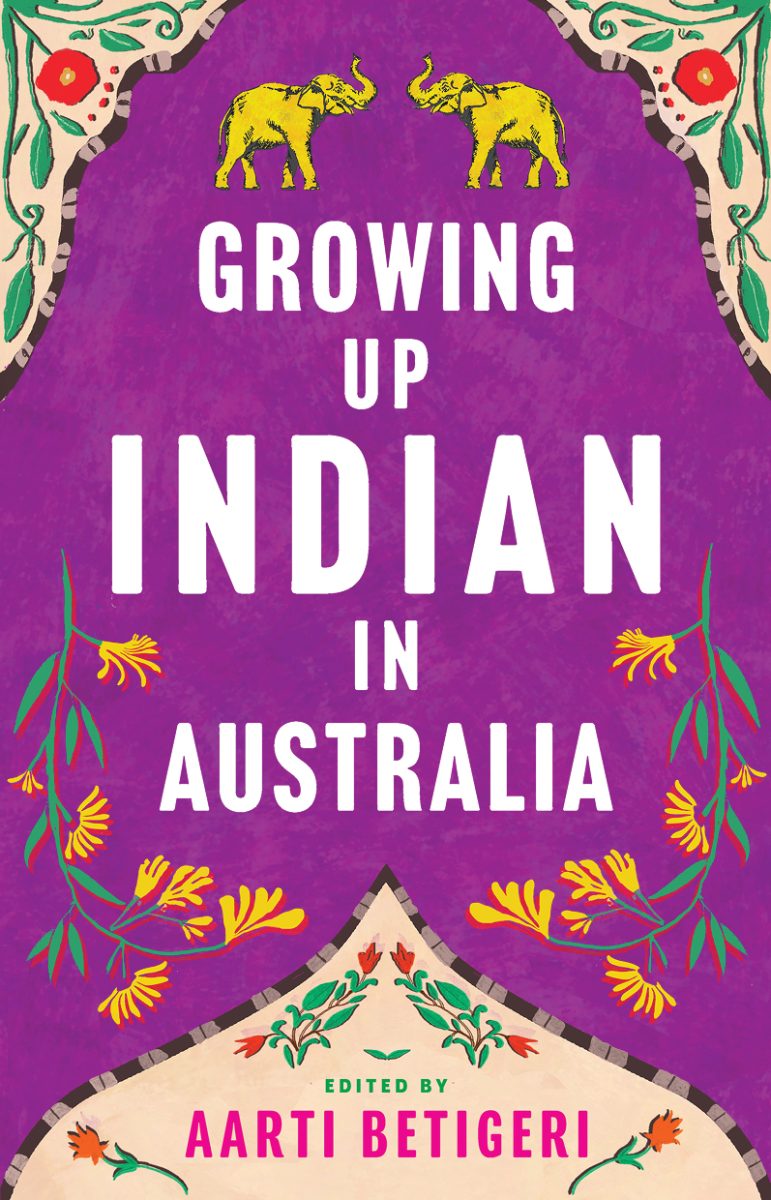
Growing Up Indian in Australia is a collection of stories from established and emerging Indian-Australian writers. It provides a fascinating exploration of the commonalities and differences constituting the Indian-Australian experience. Even the book’s cover design pays homage to the floral symbolism prevalent in Indian miniature art, representing the cultural fusion and intertwining narratives of India and Australia as depicted in this book. Photo: Supplied.
Experiences of Growing Up Indian in Australia vary considerably – depending on individual family circumstances. This publication contains spirited, emotive and miscellaneous stories of shape-shifting between cultures.
It’s a collection of stories from Indian Australians across all walks of life, aiming to showcase the richness of experiences and identities within the diaspora. The beauty of such encounters is that it is multifaceted and unique across the dispersion.
As Canberra-based multi-platform journalist Aarti Betigeri states in her introduction, this book comes at a pivotal moment in time when the Indian global community is “starting to see itself represented in popular culture as it actually is”.
“They are making inroads into the arts and media, helping to shape the way we are depicted, the way our stories are told and who tells them,” Betigeri writes. “This is quantifiable progress as a new generation is defining itself, for itself.”
Growing Up Indian in Australia is a welcome entry to this dialogue, offering a fascinating exploration of both the commonalities and differences constituting the Indian-Australian experience.
It’s not surprising, then, to learn that Indians make up the second-biggest group of overseas-born people in Australia. According to 2024 figures released by the Australian Bureau of Statistics, the population for 2023 surpassed the previous peak of 754,000 in 2022.
The Department of Home Affairs says India tops the list of countries providing the most permanent migrants to Australia for 2022–23.
However, as the editor states: “Being Indian-Australian is not a one-size-fits-all descriptor.” Betigeri points out: “Our greatest asset as Indian-Australians is our multitude of perspectives.” This paperback is testament to that belief. It reflects and celebrates this vibrant diversity.
Featured are works by 29 established and emerging writers who hail from all corners of India. Each brings a fresh and new perspective to their narrative, at the same time building upon the themes of the stories around them, adding a new string of comprehension and awareness. While variety exists, there is also a common thread about the search for coherence, for connection, for the keys to understanding how to move through this world.
“Every author shared experiences of racism, discrimination and this sense of identity dislocation,” Betigeri said.
At its core, this is also the story of migration, of migrant realisations, whether they are first- or second-generation. It offers a thought-provoking scrutiny of both the common characteristics and dissimilarities within the Indian-Australian experience.
Categories covered are arrivals from India as tertiary students, children who travel here with parents, and others, like the author, who was born, in Melbourne, to parents from Maharashtra and Karnataka.
Some names of the contributors will be familiar, including Zoya Patel, who has published two books. In her piece, she explores her own memories of her upbringing through the words of her father. Actor Nicholas Brown, who portrayed everything from Bollywood villain to Play School presenter, has contributed an unvarnished and entertaining piece on awakening to his sexual identity.
Melbourne-based spoken-word artist and writer Sukhjit Kaur Khalsa writes a piece titled Gurdwara Day, of values being challenged and how she “became her own person”.
Author of the novel Friends and Dark Shapes, Kavita Bedford, writes about the ignominy of experiencing the colonised form of yoga. Sneha Lees, who wrote the moving memoir Good Indian Daughter, reflects on what it cost her to use a pseudonym for that book, and what her name means to her now. Sunil Badami considers his early journey through the lens of caste and acceptance.
There are also names you might not have heard as yet, such as Shreya Tekumalla, Hardeep Dhanoa, Priya SaratChandran, Nasha Pinto and Swagata Bapat. Food writer Shaheen Hughes has penned a lyrical exploration of spices and food.
Kavita Ivy Nandan uses ‘’Diwali’’ as an entry point into a deep reflection on community, traditions and the challenge of culture. Poet and literary editor Michelle Cahill has written about the confusion and dislocation of being an Anglo-Indian transplant in Australia.
This energetic anthology is by no means an encyclopedia of Indian Australians, but it goes a long way towards exploring the multiplicity of movements, the many, often uncanny, similarities, offering reflections on identity, culture, family, food and expectations, which ultimately reveal deep truths about both Australian and Indian life.
Looking to the future, Betigeri points out: “When the most defining feature of the Indian-Australian community has been the tension between the ways of the motherland and those of this land, wondering what diamonds will emerge from the heat and pressure is truly exciting.”
Growing Up Indian in Australia, Edited by Aarti Betigeri, Black Inc Books, $32.99



